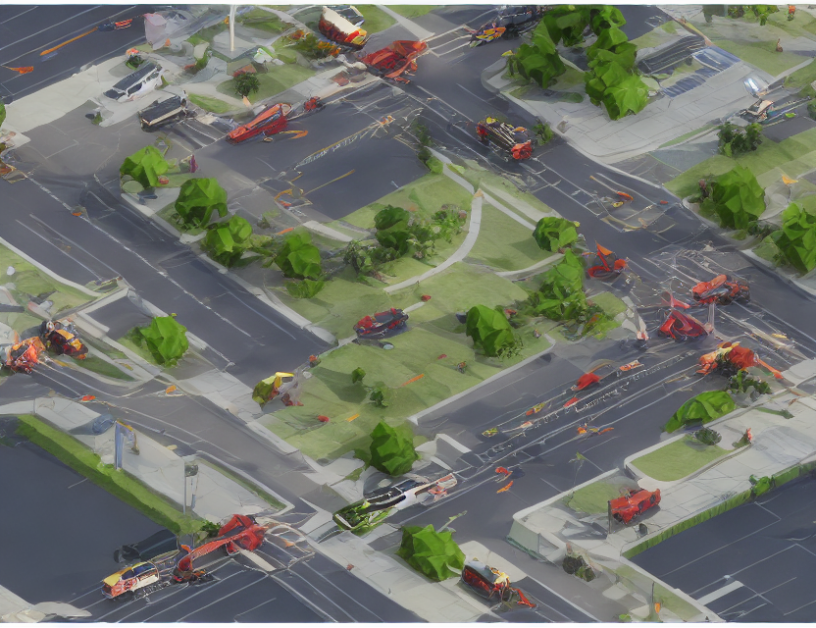Imagine you’re browsing through a photo album and come across an image of a delicious-looking cake. You might caption it as "A beautiful chocolate cake with vibrant frosting." Now, imagine you’re not the only one doing this! A group of researchers has created a massive database called Multi30k that contains over 30,000 images with corresponding captions in multiple languages. This database is like a treasure trove for computer vision and natural language processing enthusiasts, allowing them to develop new algorithms and models that can accurately describe images across different languages and cultures.
Captioning Images
The article discusses the importance of image captioning, which is the process of generating a textual description of an image. Just like how we use words to describe our experiences, emotions, and thoughts, image captions help computers understand what’s happening in an image. The authors highlight that traditional image captioning models are limited to English, and there’s a lack of large-scale datasets for other languages. This is where Multi30k comes in – it provides a solution by offering a multilingual image caption dataset that includes German, French, Spanish, and Chinese.
The Dataset
Multi30k consists of 31,745 images with corresponding captions in four languages – English, German, French, and Spanish. Each image has at least five different captions, and the authors made sure to include variations in language, style, and content to keep things interesting. The dataset also includes a small number of "hate" or offensive captions, which the authors acknowledge can be challenging for models to handle but are essential for training more robust AI systems.
Augmenting the Dataset
To make the dataset more versatile, the authors experimented with different augmentation techniques, such as adding noise to images, flipping them horizontally, and changing brightness or contrast. These modifications help create a more diverse set of images that can be used to train AI models and improve their performance in various applications.
Retrieval Tasks
The authors explain that the dataset is designed for text-to-image retrieval tasks, where an AI model should be able to find the most relevant image based on a given text query. They demonstrate the effectiveness of their proposed method, called CL2CM, by comparing it with other state-of-the-art approaches. The results show that CL2CM outperforms its competitors in retrieving images that match both the content and context of the input query.
Conclusion
In summary, Multi30k is a groundbreaking dataset that offers a multilingual image captioning solution for computer vision and natural language processing researchers. By providing a diverse set of images with corresponding captions in multiple languages, this dataset paves the way for developing more accurate AI models that can understand and interpret visual content across different cultures and languages. As AI continues to advance, datasets like Multi30k will become increasingly important for building robust and inclusive systems that can benefit society as a whole.



